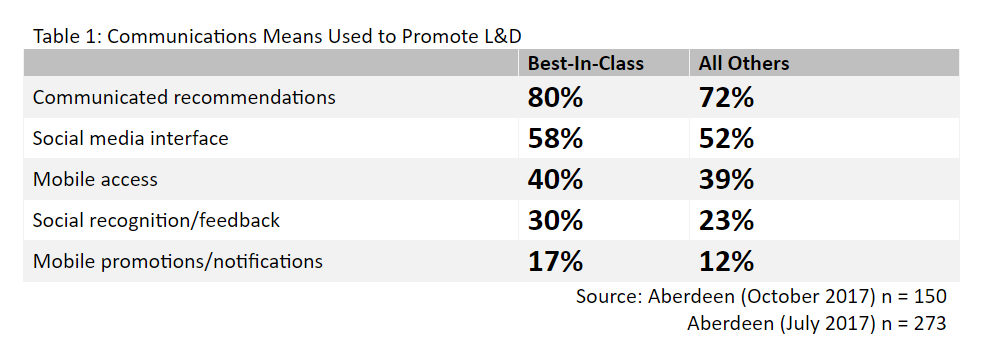- Implementing HR Software? Don’t overlook the testing budget.
- Why You Need to Automate Your SumTotal Update Testing.
- 7 Benefits of Automated LMS Update and Upgrade Testing.
Implementing HR Software? Don’t overlook the testing budget

In HR software implementations, testing is too often an afterthought. Shiny new processes and configurations get attention, and tedious grunt work gets treated, well… like tedious grunt work.
But testing is one of the most important functions, not only in your implementation but ongoing system management. The stakes can be high — from inaccurate regulatory reporting to a damaged company reputation.
You should include testing in project costs for the initial implementation and operating costs for the life of the software. After user acceptance testing (UAT), you will need to conduct regression testing for every software update. You should also perform weekly testing after system fixes and to test for security errors.
Automated testing
Fortunately, automated testing can be very cost-effective, and it has several advantages:
- It reduces the cost of labor-intensive manual testing.
- It eliminates the human error inherent in tedious, repetitive tasks.
- Many automated tasks, such as weekly security testing, can run unattended overnight.
- You can save and replicate test scenarios for automating periodic tasks like regression testing of software updates.
- By eliminating almost all repetitive testing, it enables your testing team to focus on critical test management tasks.
Manual Testing
Automated testing is not always the best approach. In many cases manual testing is more desirable and in some cases necessary.
Exploratory Testing. Manual testing is required when you are designing new processes and workflows. Hands-on testing validates workflow decisions.
Configuration Testing. Initial testing by the people who make configuration decisions gives them a first-hand look at the impact of their decisions and provides an essential training ground for the core team.
Scenario Scripting. Creating a new automated script requires a detailed step-by-step manual testing the entire process. Even though many testing tools give you the capability to record a test scenario and convert it to a script, that shortcut can lead you astray. What’s missing in a recorded script is validation. The process must check whether each sub-process stores the correct values in the right place. Use a recording only as a starting point for creating your test scripts.
Usability Testing. The purpose of usability testing is to ensure that the software is intuitive and efficient from the perspective of the user. The feedback you get from users will be invaluable in improving the user experience, and they may have suggestions for improvement that will make your processes more efficient. Involving people from your organization in usability testing also creates an opportunity for you to co-opt them as evangelists in your change management efforts.
Both manual and automated testing have an essential place in your testing strategy. Let machines handle the routine work so your people can focus on critical thinking and design.
Why You Need to Automate Your SumTotal Update Testing

Even the best organizations have a hard time engaging their end-users in learning programs. In a recent Aberdeen Group report Zachary Chertok wrote that 71% of best-in-class organizations have that trouble.
The Learning Engagement Disconnect
What typically happens is that management pushes out content through the LMS based on what they think is important, and employees go elsewhere to find content relevant to their interests and needs. Too often, management doesn’t know what employees need until the need arises, and then, it’s too late.
Most L&D organizations have been using promotion through multiple channels to improve participation in learning programs (Table 1), but that doesn’t solve the problem. We can personalize offerings based on job role or career progression, but that may or may not deliver what is required at the point of need. We can use technology to bring learning “into the flow of work,” but if we are not offering content relevant to what the worker is doing at that moment, they will look elsewhere or do nothing.

What happens in too many companies is that employees don’t get development and can’t see a path for professional growth, so they look elsewhere. To deal with the turnover, employers pour money into their recruiting efforts.
And where do they get the budget? Well, let’s just let those learning initiatives slide for another year or two.
Developing a Plan for Learning at the Moment of Need
People want advancement and growth, but companies have slowed down promotion from within, and don’t try to develop people to take positions that are vacated internally. People aren’t staying in jobs because we are not trying hard to keep them. But you can change that.
L&D is faced with two problems: first is knowing what is required at a specific place and point in time; the second is being able to deliver that learning instantly in a consumable form.
Chertok outlines multi-pronged attack on the situation. We can see how this high-level framework can help you develop a plan but will take a lot of assessment and planning to put it in place.
Unless your L&D organization is already a data-driven, well-running machine, this effort will take a long time, but, with a little help from your internal partners, you can get it done.
Let’s take a more in-depth look at Chertok’s recommendations.
Take inventory. Start with knowing what you have, how you develop or acquire it, how you administer it, and how your people consume it.
Easy to do your organization has kept on top of it, but difficult if you’re learning is fragmented, and L&D has little control or insight into what divisions and departments are doing to train people. You will need to form alliances and get buy-in on what you want to accomplish.
Consolidate content and program management. This may or may not be possible in your organization. If each business function has its own training budget, they may not even be aware there is a problem. Your alliances and partnerships can help you get it done. The right place to start may be in showing where duplication is draining resources.
Capture metrics. Most organizations are still measuring at Level I or 2 of the Kirkpatrick method. Moreover, Levels 3 and 4 are vague and largely unsupportive of the feedback we need to improve programs. The emphasis has been on learner feedback, but learner surveys do not provide objective measures of learning, nor can you determine the impact of that learning. And, according to Will Thalheimer of Work-Learning Research, Inc., the Kirkpatrick method is
“antithetical to nearly 40 years of research on human learning, leads to a checklist approach to evaluation (e.g., ‘we are measuring Levels 1 and 2, so we need to measure Level 3’), and, by ignoring the actual purpose for evaluation, risks providing no information of value to stakeholders…
What will determine whether learning is effective and useful is whether learners can assess a situation, evaluate it, make the right decision, and take action, what we know as the SEDA model.

The most common way to use the SEDA model is to create realistic simulations for assessment. It is possible to create simulations for most situations without great expense.
Developing objective measures of learning results and impact seems to be a tremendous job, but only if we cling to the perception that we have to measure everything. We recommend measuring only the most mission-critical programs and starting with one small critical intervention. Once you have developed and captured effective measures and proved the value of learning, you can build on that success. It won’t take a lot of them to get noticed (and funded).
Think about the impact you could have with micro-learning coupled with mini-assessments using the SEDA method.
Socialize. If you don’t have it already, we recommend social networking and communication technology to make content available when the need strikes. By doing so, you will also encourage knowledge sharing and feedback, where workers can make their needs known at the moment of need.
If your organization uses Microsoft Teams make learning available there. Other ERP providers have social tools or are developing them. Independent providers like Slack also give you access to all the tools you will need to encourage knowledge sharing and feedback.
Atomize training options and components. This means breaking down content into micro-skills to facilitate short, consumable mobile learning delivery.
If you are like most organizations, your competency mapping and job descriptions aren’t ready for micro-skills. Start with one role, one job family, or one small business unit to develop a methodology and skillset for breaking down roles into micro-skills. It’s a new way of thinking, and the organizational change will take time.
7 Benefits of Automated LMS Update and Upgrade Testing
